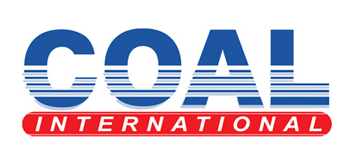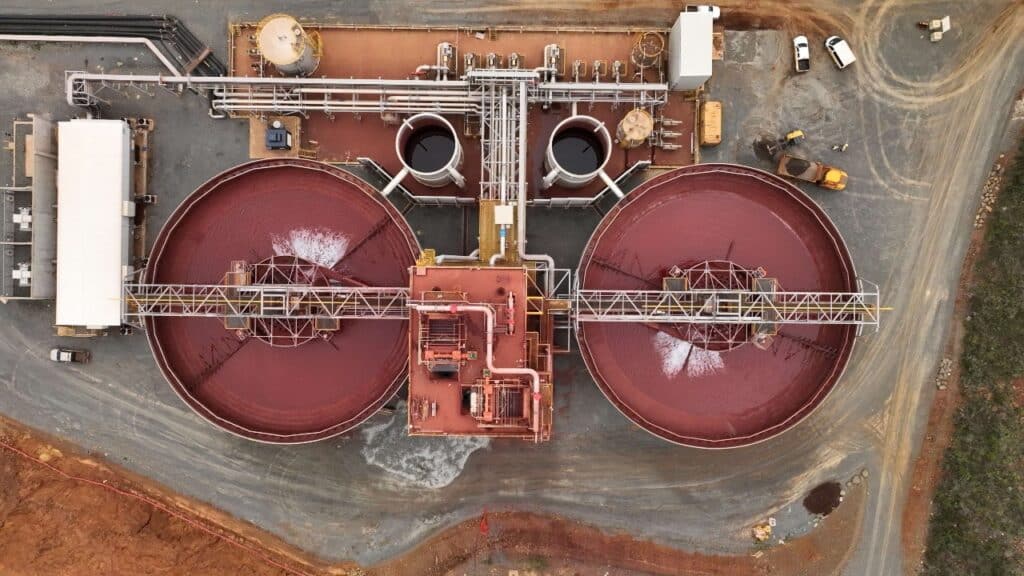Balancing environmental responsibility with operational efficiency is a growing concern for mining operations worldwide, with tailings management a key aspect.
Tailings management is a growing concern for mining operations around the world, balancing environmental responsibility with operational efficiency.
As a leader in mineral processing, McLanahan provides insight into how different thickener technologies can optimise tailings management, improve water recovery, and enhance site sustainability.
Thickeners are essential for liquid–solid separation in mining operations, reducing the volume of slurry material sent to the settling pond or tailings storage facilities (TSFs) while recovering valuable process water.
The right thickener can help mines reduce pond size or eliminate the need for ponds or TSFs altogether, thereby reducing their environmental footprint, streamlining operations, and lowering permitting challenges.
Understanding thickener types
Most thickener types operate by using a chemical polymer, such as a flocculant, to agglomerate solid particles in the slurry, allowing them to settle and discharge while the clear liquid overflows and is collected in a storage tank.
There are variations in thickener design and performance to achieve different process goals. McLanahan outlines the primary thickener types and their applications.
High-rate thickeners
High-rate thickeners are commonly used in mining operations to achieve moderate underflow density and high liquid recovery with relatively low chemical usage.
These units feature a sloped floor and a rotating rake mechanism to assist with compacting the mud bed.
They are a cost-effective choice for operations looking to improve tailings management while maintaining reasonable capital and operational expenditures.
Ultra rakeless thickeners
Ultra rakeless thickeners eliminate moving parts, relying instead on a deep tank and steeply sloped floor for solids settling.
While this reduces maintenance, it increases reliance on chemical additives and requires longer residence times – the duration solids remain in the thickener before discharge. This allows for better settling and compaction but can slow production rates.
Ultra rakeless thickeners are an attractive option for operations looking to minimise mechanical complexity, but it’s important to factor in throughput requirements and the cost of chemicals when assessing long-term viability.
High-density thickeners
High-density thickeners offer improved underflow density and water recovery compared to high-rate thickeners.
Their design features include taller tanks, steeper floor slopes and, in some cases, vertical pickets on the rake mechanism to enhance compaction.
These thickeners are ideal for operations wanting to reduce tailings storage requirements while maximising process water recovery.
Paste thickeners
Paste thickeners provide the highest possible solids concentration using gravity alone, often producing an underflow with a paste-like consistency.
Their tall tank design, steep floor slope, and extended bed residence times allow for maximum liquid recovery, making them well-suited to water-constrained sites.
Paste thickeners can significantly reduce water loss in tailings disposal, particularly in areas where water is scarce. This makes them a strategic investment for long-term sustainability.
Other thickener variants
In addition to primary options, various other thickener designs exist, each with unique operational benefits:
- Bridge thickeners – feature a mechanism suspended off a bridge spanning the tank’s diameter
- Clarifiers – prioritise overflow clarity rather than underflow density
- Column thickeners – incorporate a centre pier to support the bridge structure.
- Conventional thickeners – large-diameter, low-aspect-ratio tanks that often operate without chemical flocculants
- Elevated thickeners – raised tanks that offer improved access to underflow pumps
- On-ground thickeners – built directly on the ground, reducing construction costs
These designs can sometimes be combined. For example, a high-rate thickener can also function as a bridge thickener or an elevated thickener, depending on site-specific requirements.
Selecting the right thickener
Determining the most suitable thickener for a given application requires consideration of factors such as material characteristics, process parameters, and operational goals.
Conducting material testing can help operators identify the optimal type and size of thickener needed. Tailings management is not a one-size-fits-all approach.
By understanding the strengths and limitations of different thickener designs, operations can make informed decisions that enhance efficiency, reduce costs and promote environmental sustainability.
The future of tailings management
With increasing pressure on the mining industry to reduce its environmental impact, the role of thickeners in tailings management is becoming even more critical.
As technology advances, new thickener solutions are helping operations recover more water, minimise waste and improve overall efficiency.
Investing in the right thickener not only improves water recovery and reduces reliance on TSFs but also contributes to a more responsible and efficient mining operation.
By leveraging the right thickener technology, mining operations can enhance their sustainability efforts while ensuring long-term operational efficiency.
McLanahan’s solutions offer proven reliability backed by decades of innovation and industry leadership.



